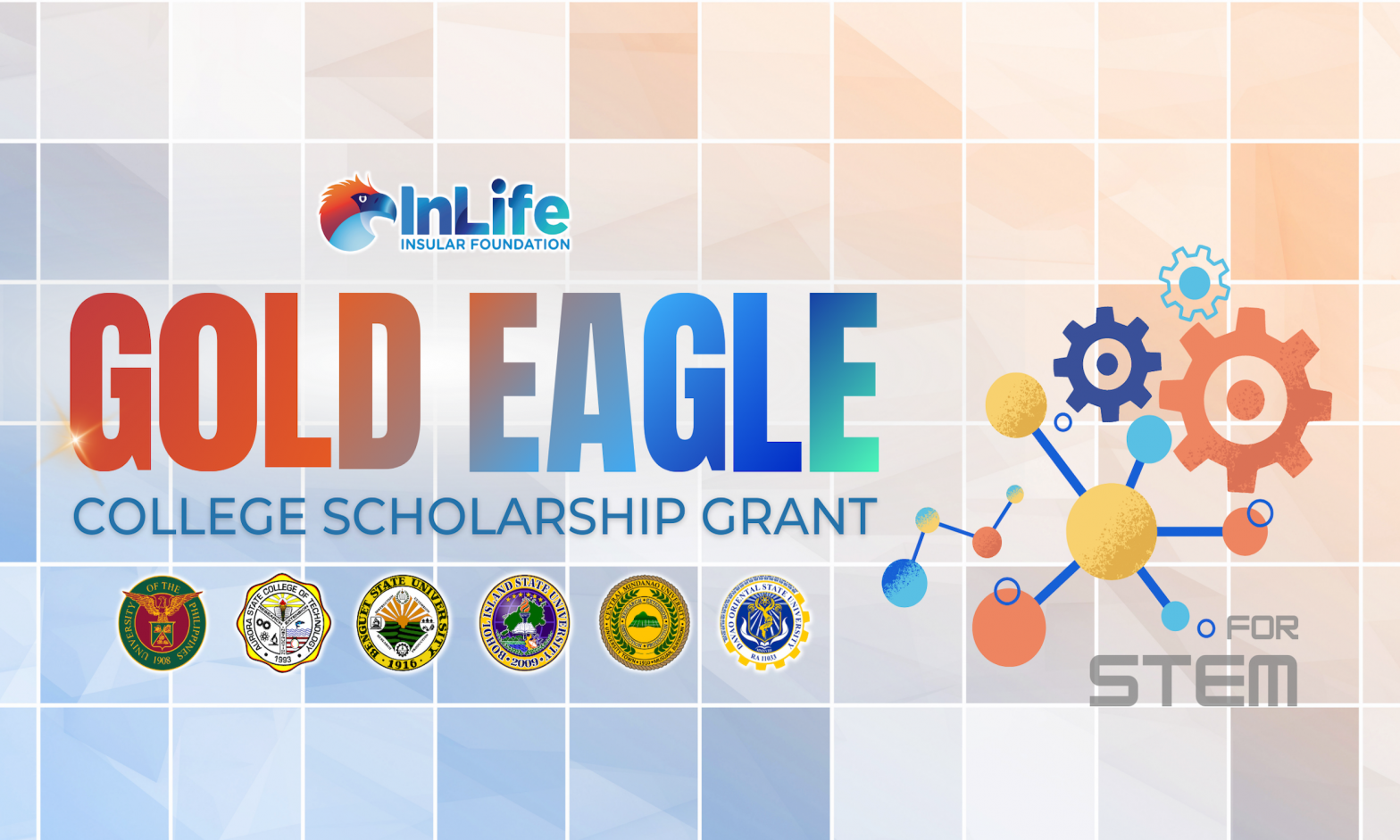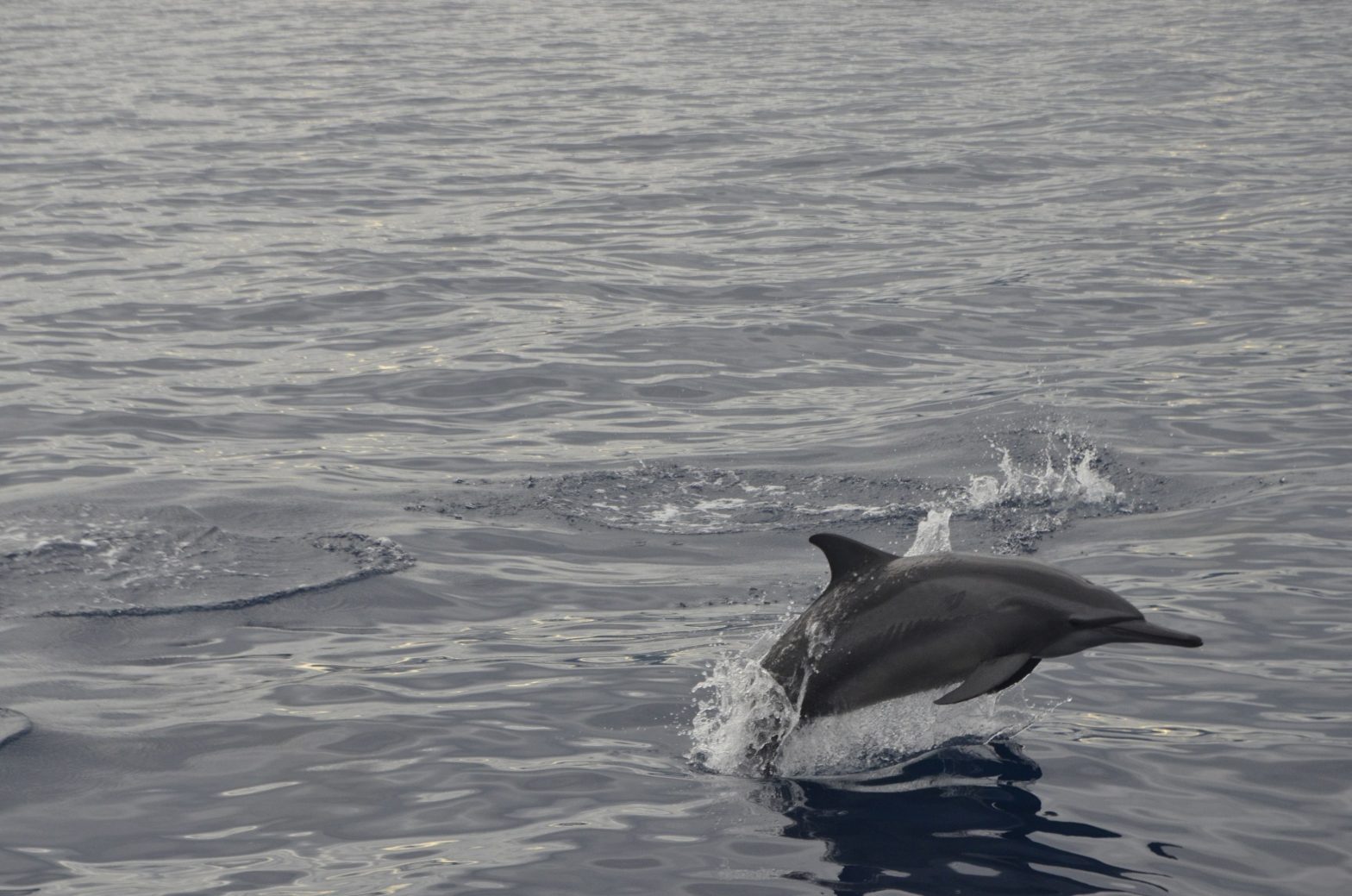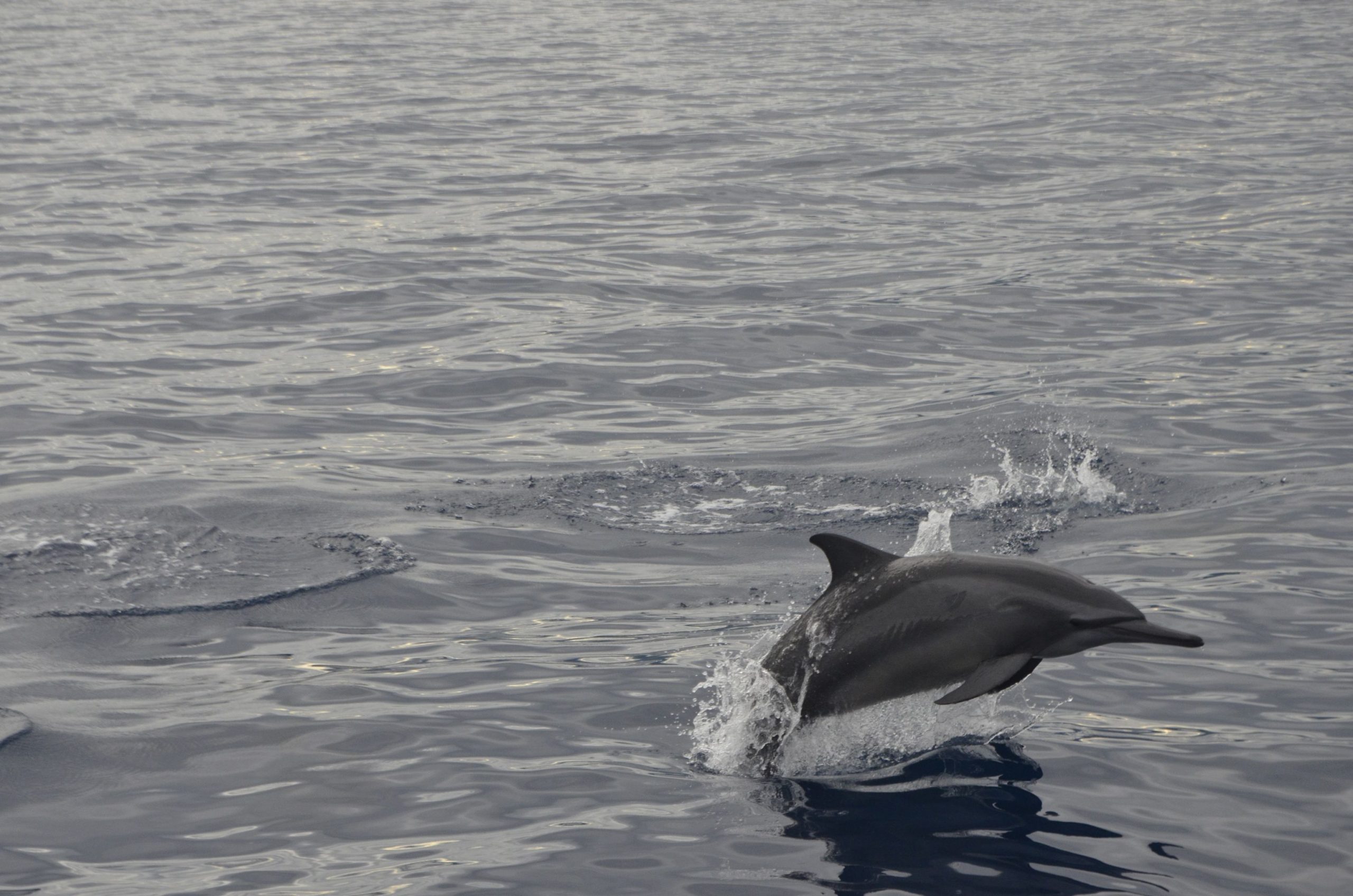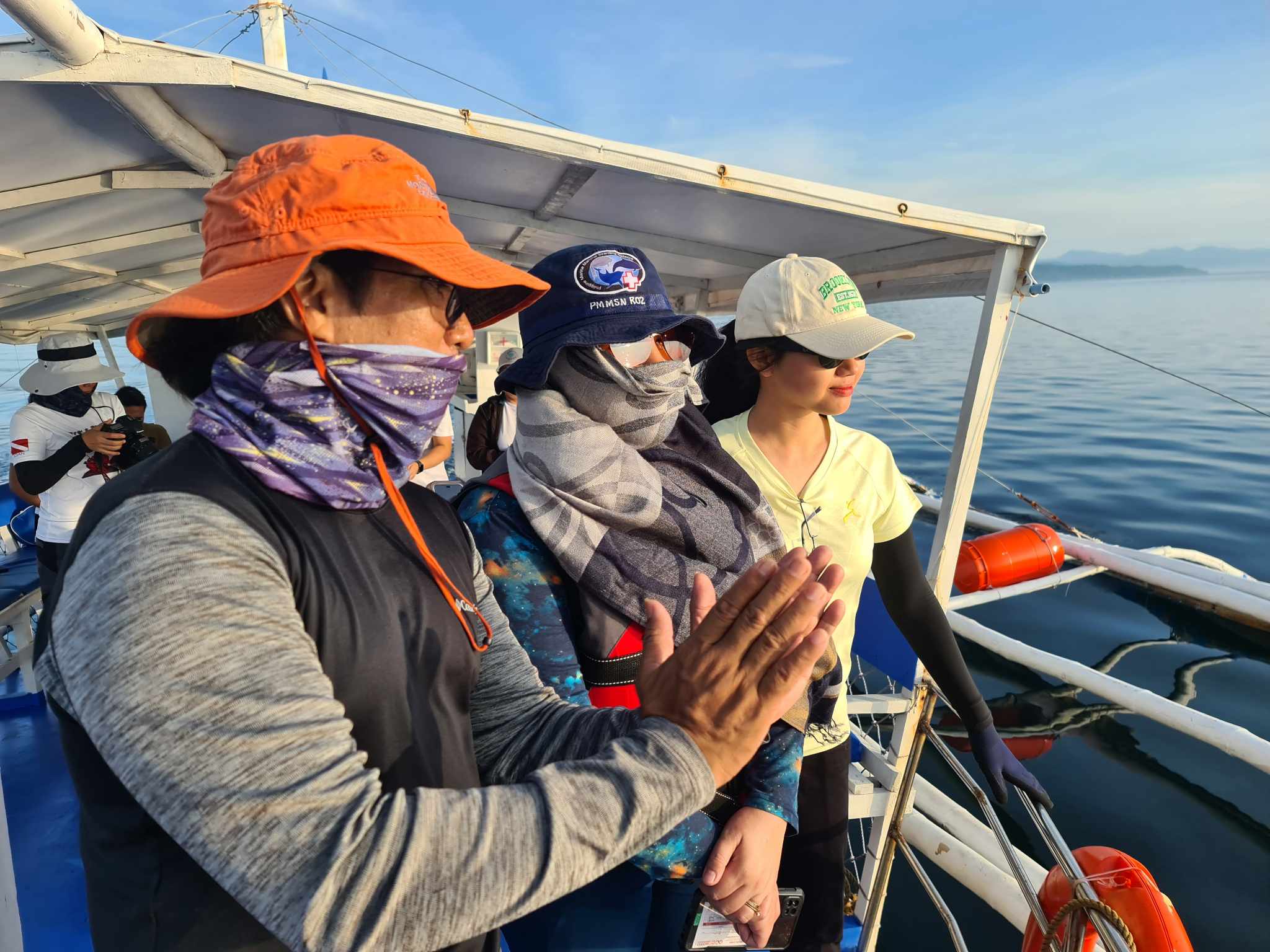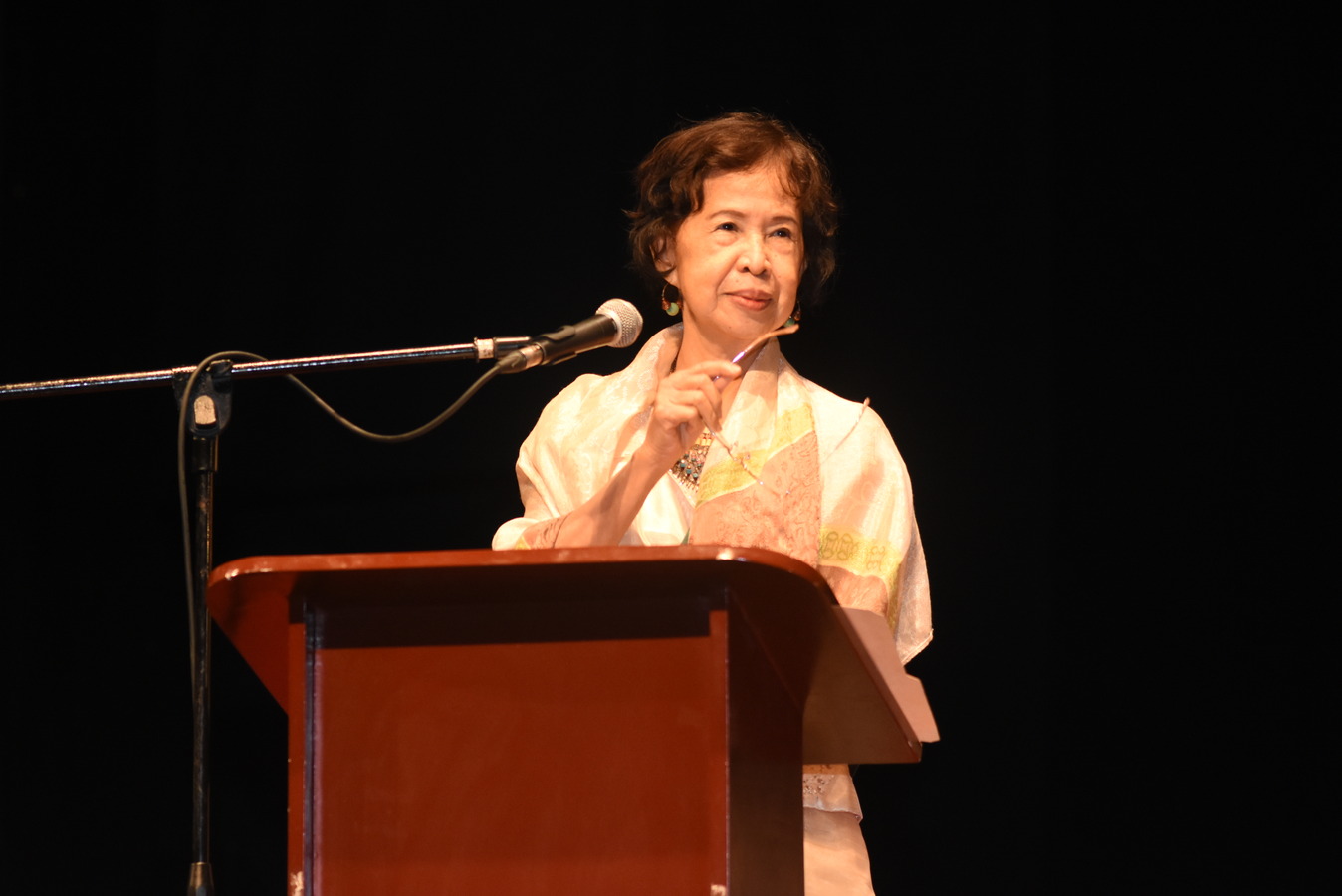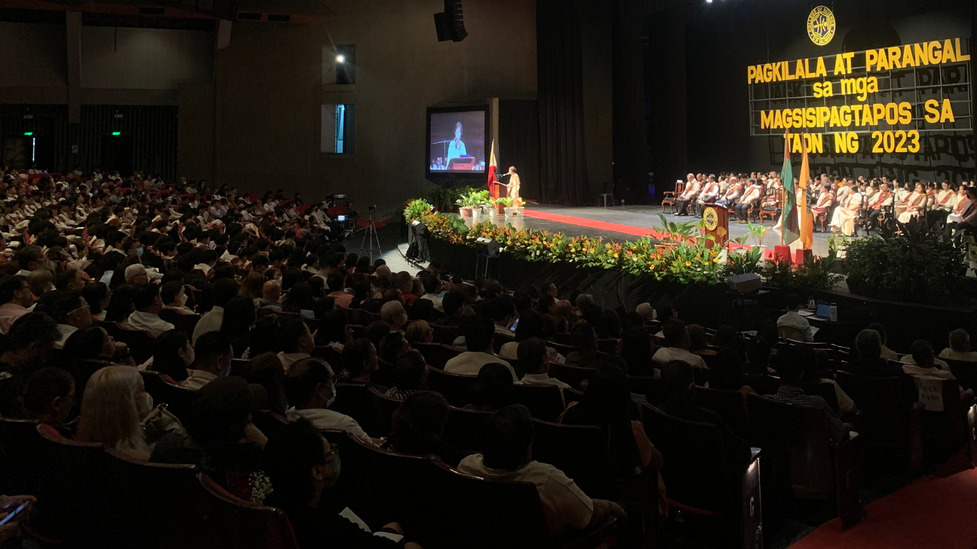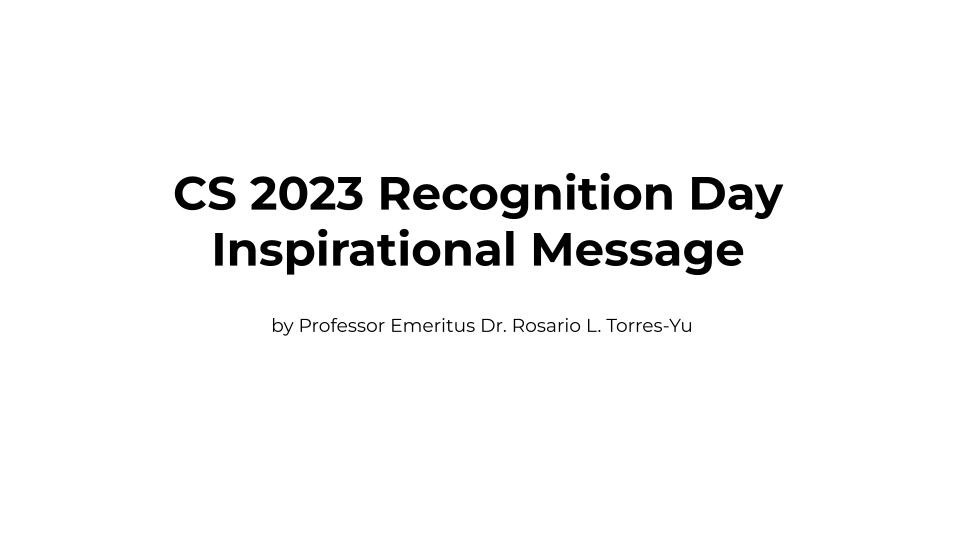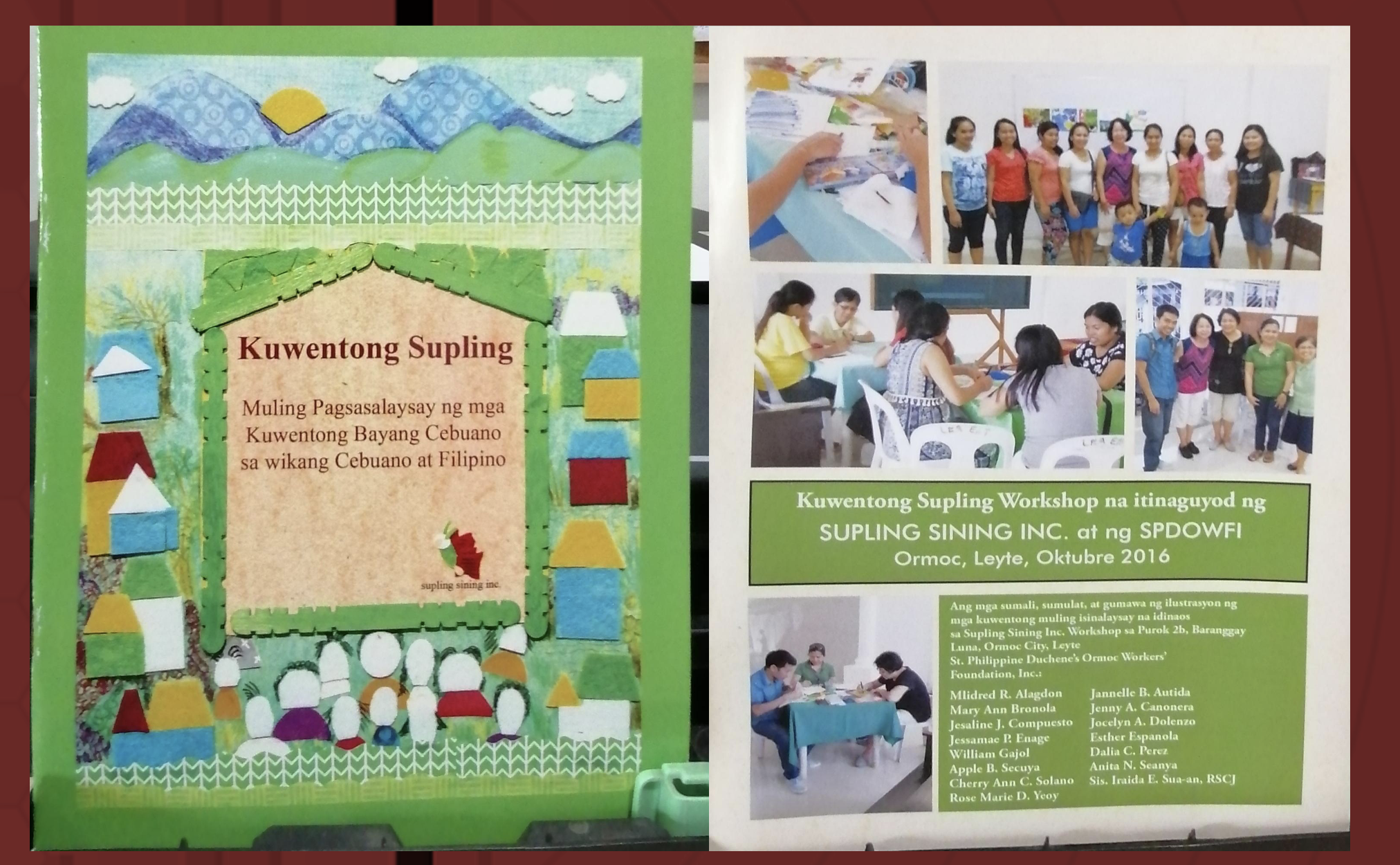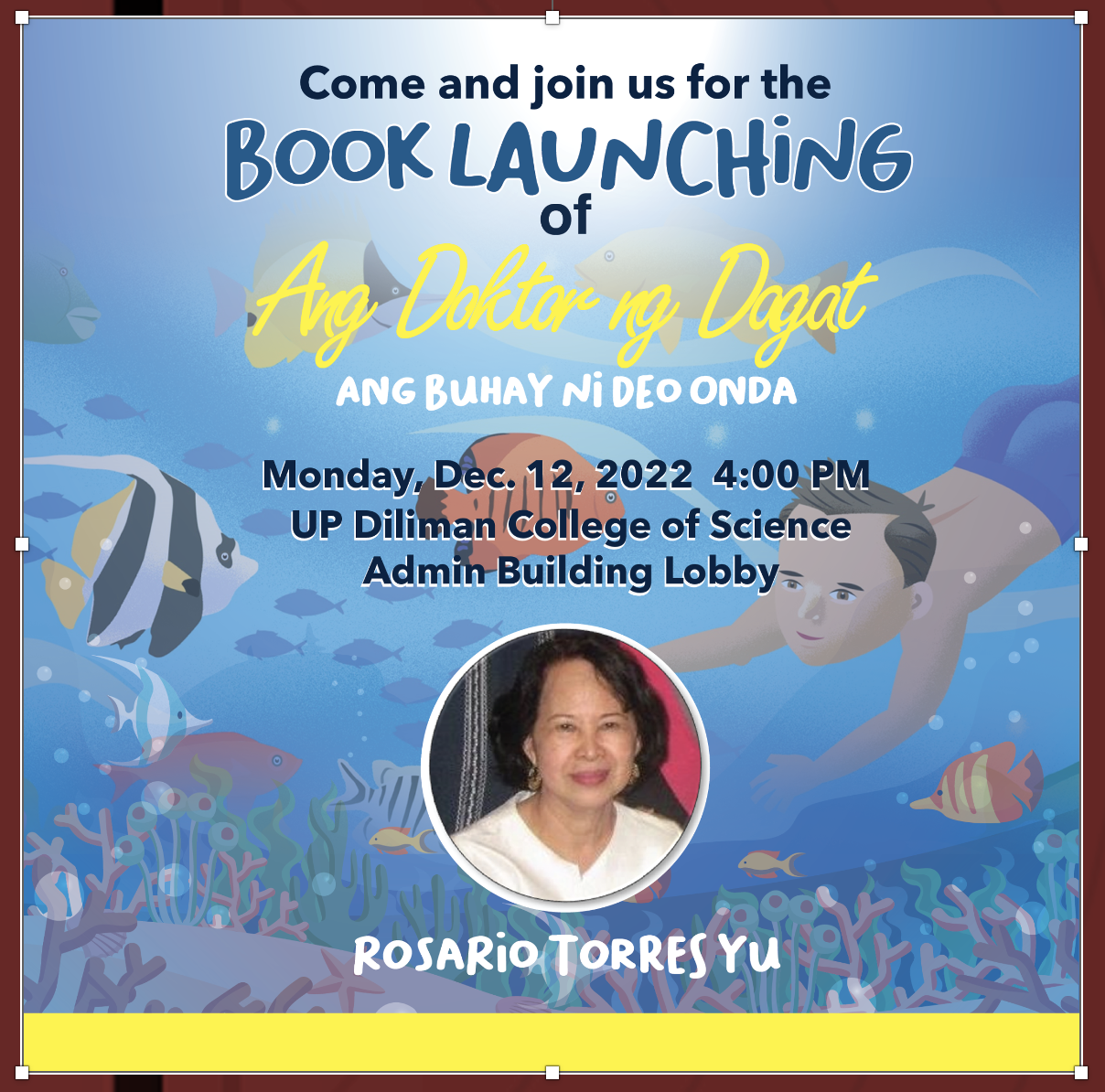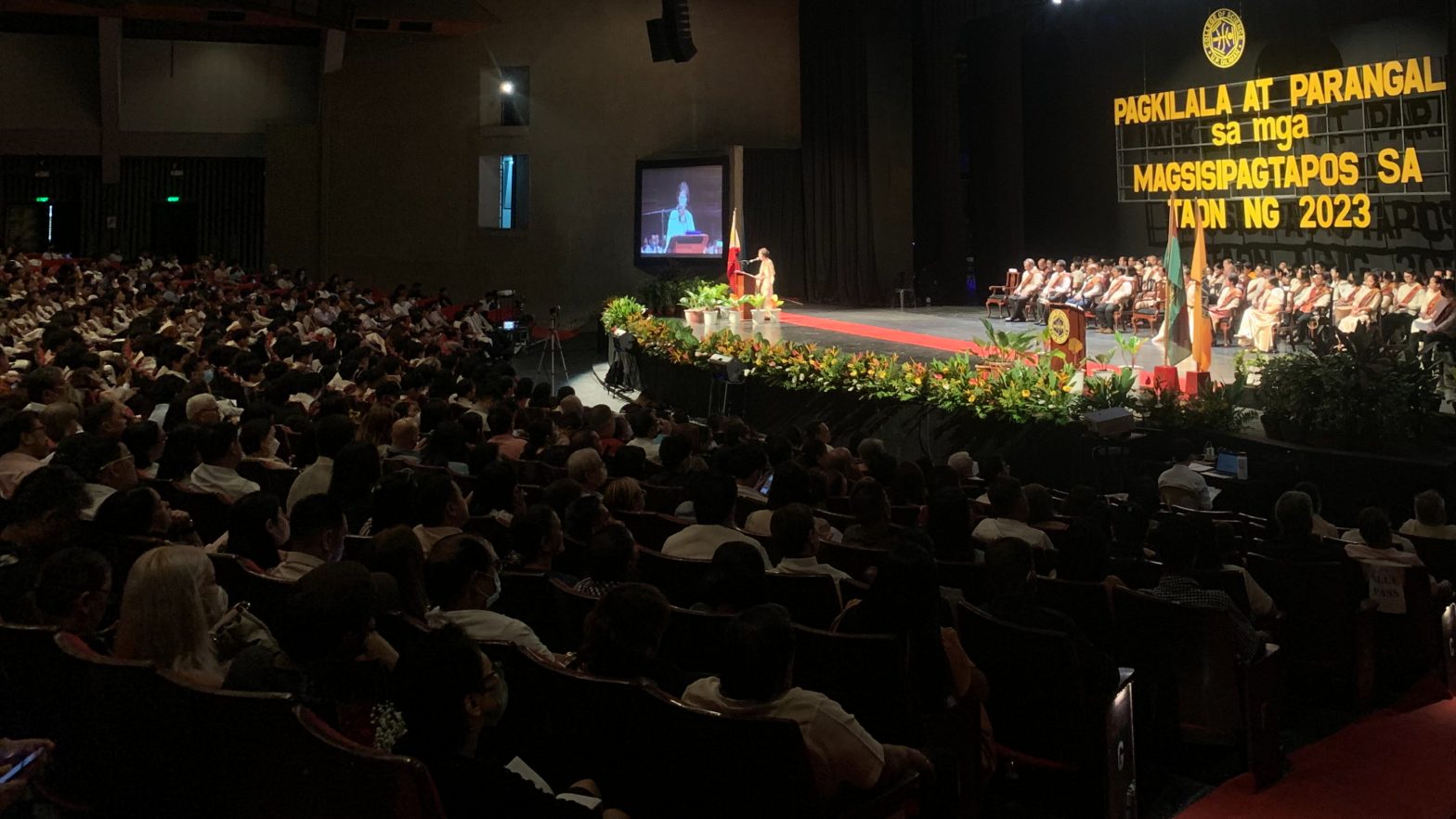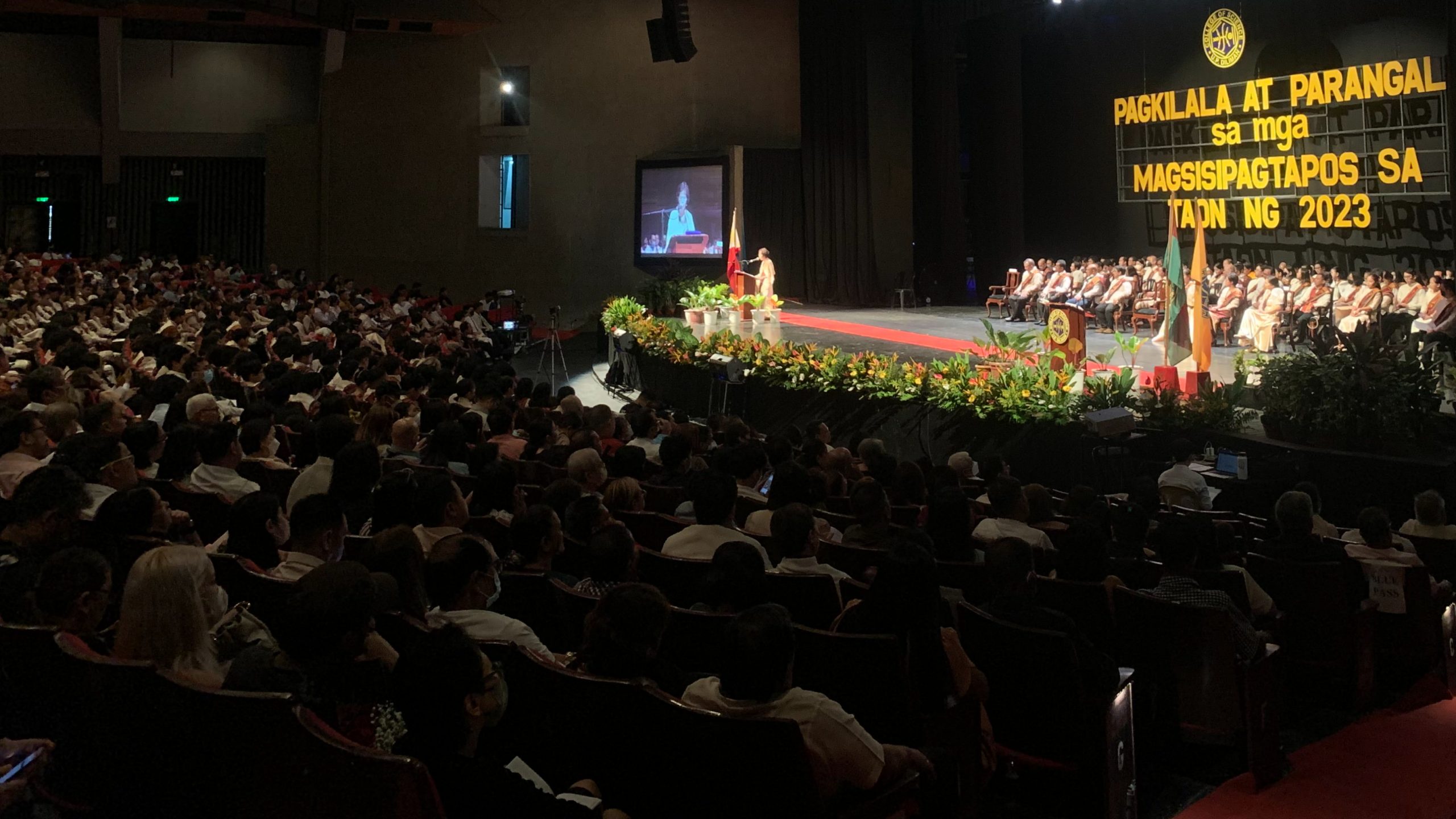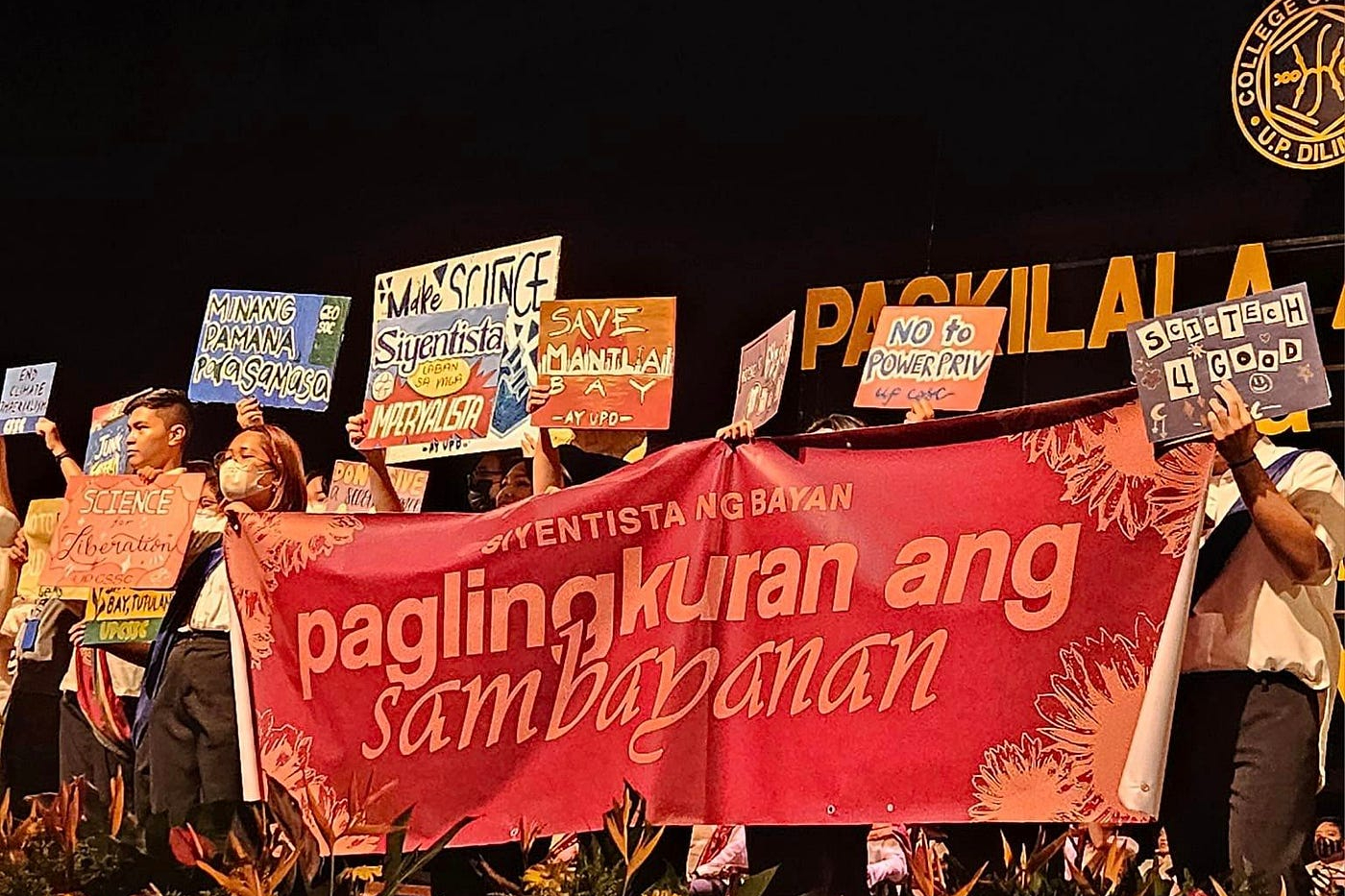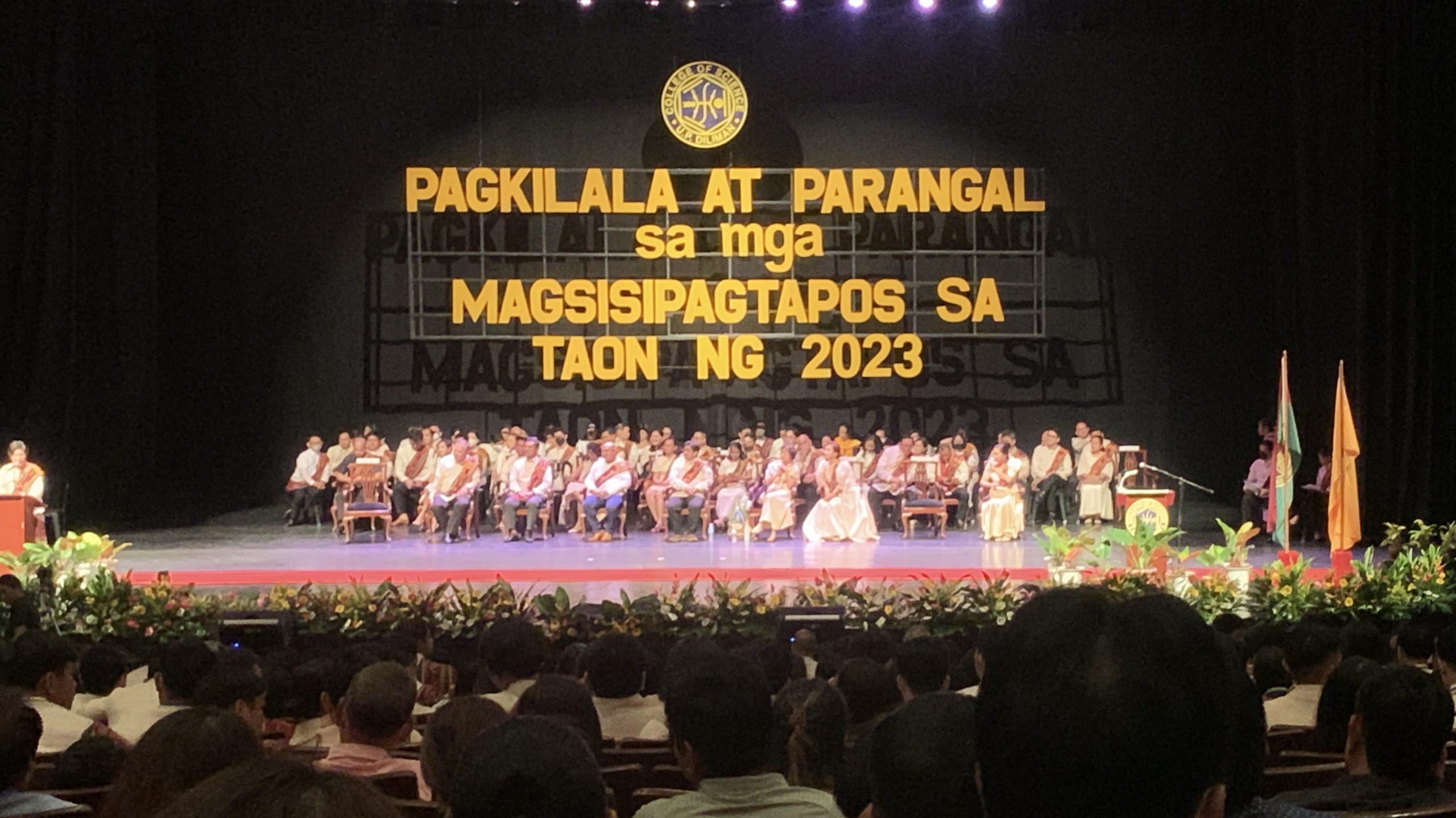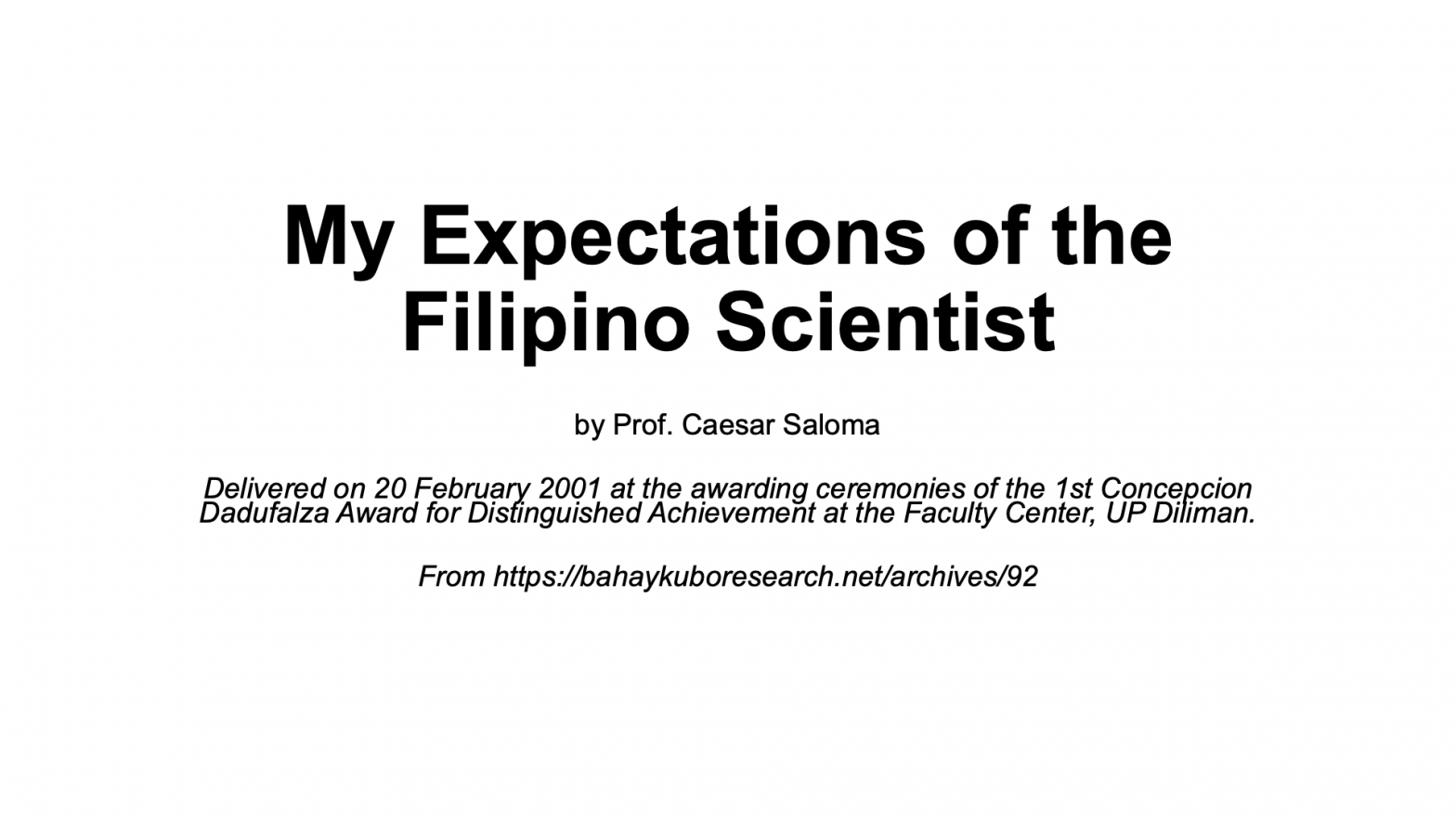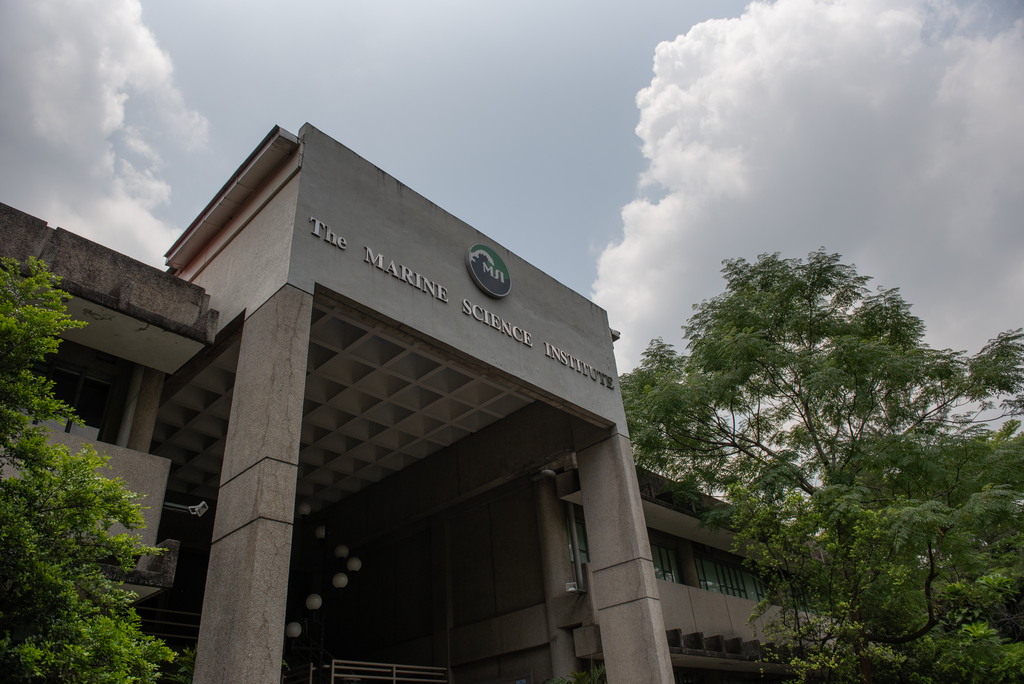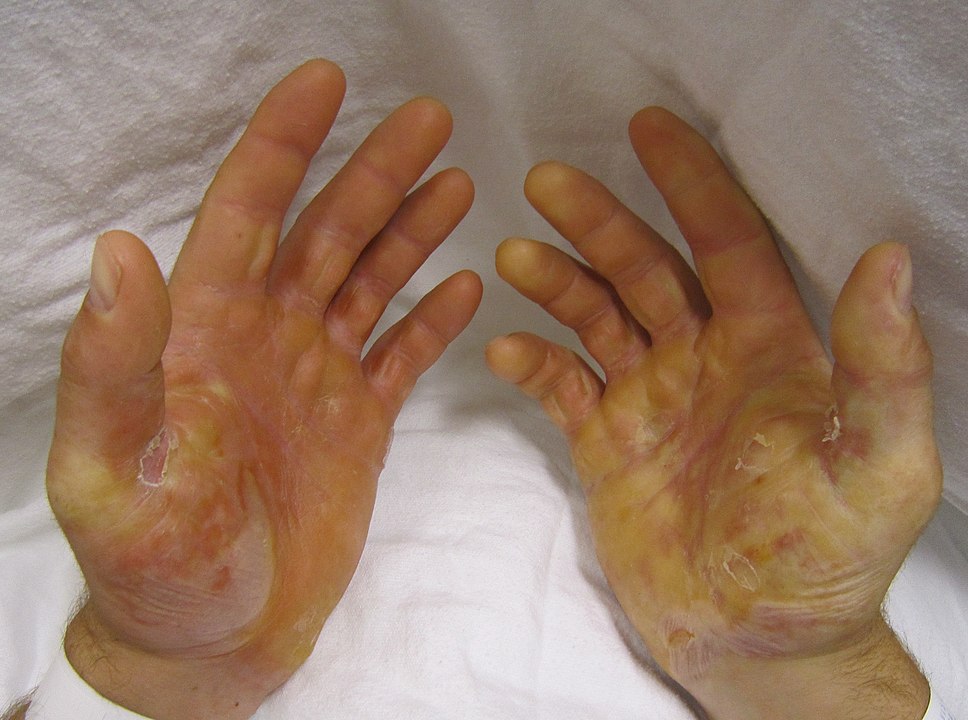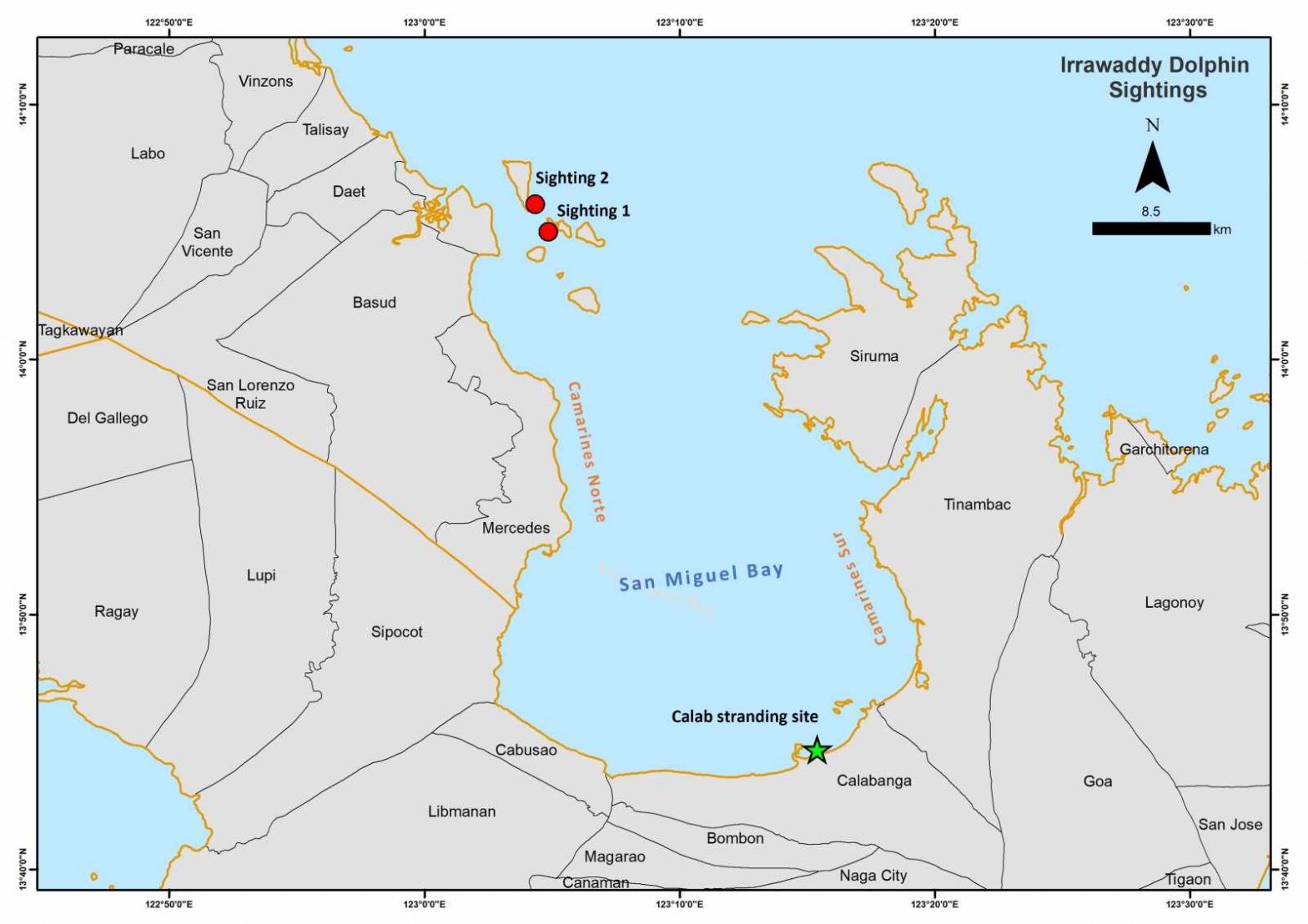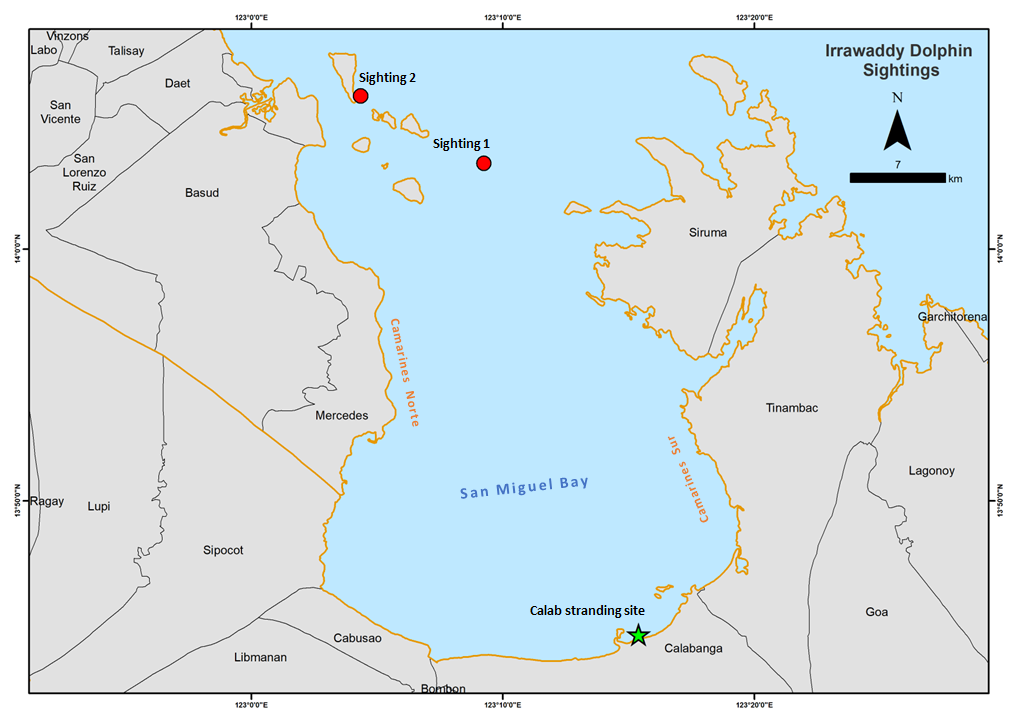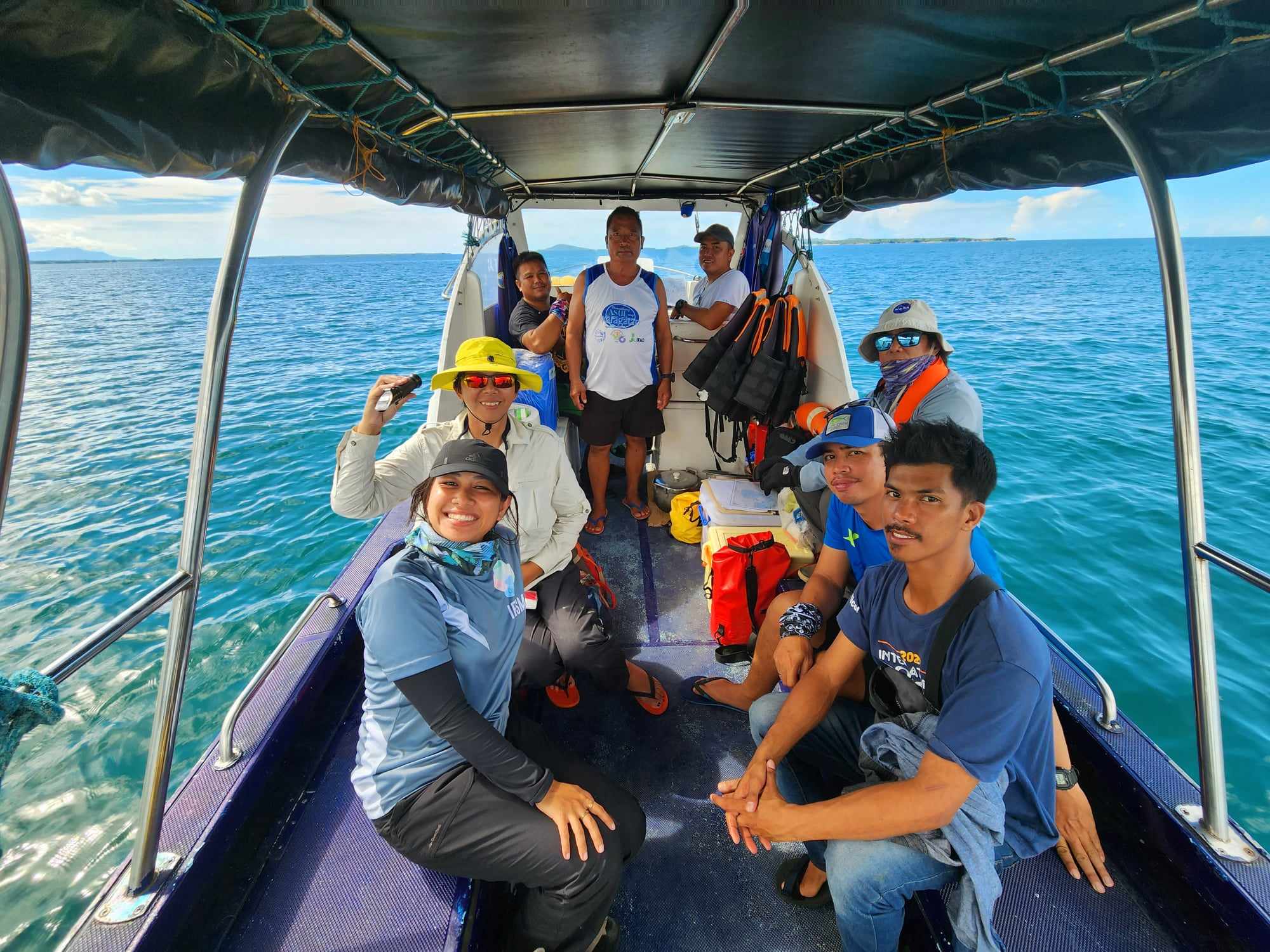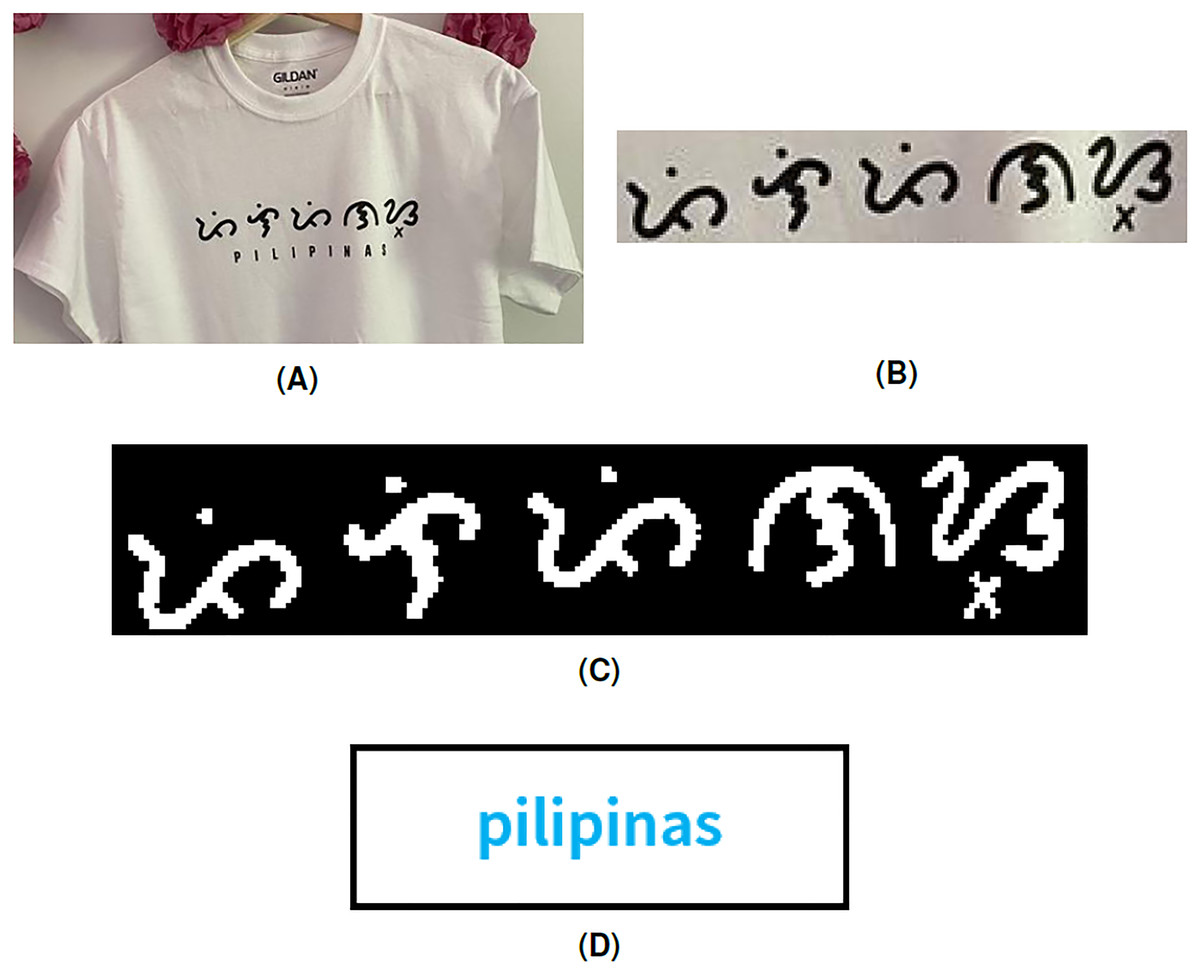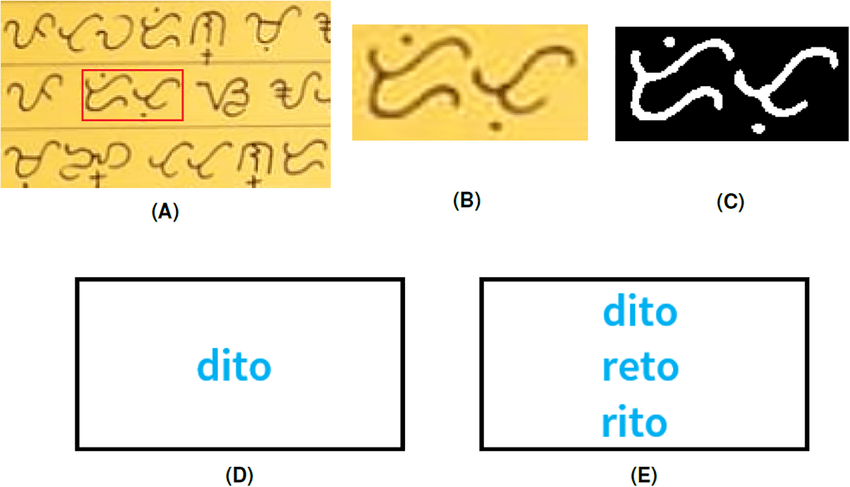President Francisco Nemenzo, Jr. Chancellor Emerlinda Roman, Professor Concepcion D. Dadufalza, the Donor and former student of Professor Dadufalza, other officials of the UP System, Colleagues in the University, Ladies & Gentlemen
Good morning.
It is with great pleasure and pride that I receive the Concepcion Dadufalza Award for Distinguished Achievement. I hope that my accomplishments as a scientist and UP faculty member adequately reflect the ideals of this award.
I participate in award competitions like the Dadufalza Award and Gawad Chanselor for two reasons: 1) To gauge the progress that I have made as a scientist relative to those of my colleagues in the community; and 2) To help develop an effective merit system for the University that rewards competence, depth, and craftsmanship over jargon, sense-impressions, and gimmickry. Scientific tradition could not take root in a society that is incapable of executing a fair and just promotion system that is based on merit alone. Those who prefer to work in their cramp research laboratories over the comfort of a carpeted office, have to be assured that their worthy efforts will not remain unrecognized by the University and the community at large.
It is important to mention that the University of the Philippines through the tireless efforts of President Nemenzo and Chancellor Roman, is heading towards instituting a proper promotion system and generous incentive schemes to encourage the pursuit of excellence in the UP system in general and the Diliman campus in particular.
My research interest is in signal processing. I take advantage of the principle that the image that we see is not an exact replica of the object of our investigation. The image is the output of a measuring instrument and the object is the input. Some information is often lost during physical observation because no measuring instrument is perfect. It is a fundamental fact of optics that the image of a point object which has no spatial dimensions, is always larger than a point. This means that two closely-spaced biological cells may not be observed correctly and my job is to develop detection and signal recovery techniques that will enable us to determine that indeed, there are two cells on the microscope slide and not one and one-half.
I am fortunate to have developed over the years a “sixth sense” and a fair amount of expertise in measurement science which afford me to explore a wide range of phenomena in nature. There is no science without measurement and therefore research opportunities that are at hand for my research team are numerous i.e. if we do not fail to recognize them quickly.
It is worth pointing out that I came into instrumentation research primarily by chance and circumstance. More than ten years ago, during my time as a graduate student, signal processing research was non-existent at the National Institute of Physics and people probably thought of it as a trivial alternative for those who could not solve abstruse assignments in theoretical physics. Indeed, ignorance is bliss!
Of course it helped me greatly to be a graduate student at a time when computing power started to become available to mere mortals. Thanks to the vision of Steve Jobs and the technical genius of Steven Wozniak of Apple Corporation.
Please permit me now to share with you my expectations of the Filipino scientist. Many of these expectations were already with me maybe in their more primitive forms about 24 years ago when I first set foot on the grounds of this University. During those times, they were a constant source of optimism for the future.
I expect the Filipino scientist to contribute towards establishing a scientific culture in the Philippines. I count on him or her to become part of a rich scientific tradition that all Filipinos can be proud of. Excellence in pure or applied science is about performing well and consistently. It does not become a way of life in a society that does not have an accurate sense of history concerning the contributions of its scientists and engineers for the advancement of science and technology.
Scientific tradition is forged by generations of scientists ceaselessly pushing the limits of scientific knowledge. In this respect, scientific tradition is still in its infancy in Philippine society. Four hundred years ago, Galileo Galilei (1564 – 1642) already performed his classic experiments on freely-falling bodies and established the power of the experimental method in the search for scientific truths. Interestingly in a time where the life expectancy was less than 40 years, Galileo was able to reach the ripe old age of 78 years despite the persecution of the Establishment. In 1666, Isaac Newton (1642 – 1727) already knew that the colors of the rainbow could also be produced by passing sunlight through a glass of water.
On the one hand, the Philippine physics community has no recollection of the kind of physics research that was done here in UP and the Philippines at large less than half a century ago. It could be that there was none or that the succeeding generations in the 1960’s and 70’s chose to ignore it. At any rate, it seems to me that the modus operandi is for the current generation to blame the previous one for the prevailing misery. Obviously, this is not the kind of tradition that we would like to take root in our science community – scientific progress is a cumulative process. Newton has to stand on the shoulders of the ‘giants’ before him to be able to see farther away.
Scientific tradition is needed to generate the intellectual capital for developing better technologies that will enable our country to meet adequately the increasing pressures of a growing population, dwindling natural resources, and merciless economic competition with other countries. Genuine respect for scholarship and the rooted belief in fair play are natural attributes of a society with a strong scientific tradition.
The present lack of intellectual capital will prevent the Philippines from exploiting fully the information that are contained in the various genome maps which are now becoming more accurate and comprehensive literally by the day. These genome databases are available free of charge. Our country simply does not have the pool of tried and tested researchers in the fields of computational biology and biological physics. Our local biologists and physicists are cruising in the wrong areas.
The lack of a scientific tradition also prevents us from anticipating accurately emerging “hot” areas in science and technology. Our local scientists have not yet developed the confidence and foresight to venture in research areas ahead of their American, European and Japanese counterparts.
Scientific tradition does not emerge by chance in a society. It results from a conscious and coordinated effort by many sectors of society (the industry, government, and the academe) over periods of time. I believe however, that the scientists in the academe play the most crucial role in the task of tradition building. I expect them to lead because they are not beholden to the short-term interests of politicians nor encumbered by the profit-motive of businessmen. They are also directly responsible for the education and training of the future generation of scientists and intellectuals of society.
Scientific tradition can not take root in our land if our scientists do their research abroad. While working in America, Germany, or Japan may be advantageous to the handful of individuals who are fortunate enough to find jobs or develop lasting connections with foreign counterparts, it will not teach our scientists the values of resilience, resourcefulness, self-respect, and perseverance. These are essential values which enable our local scientists to rise above the unfavorable circumstances that deter the pursuit of excellence in our country.
Scientific research is very difficult to perform in the Philippines – the supporting research infrastructure has not yet been sufficiently developed. Doing research in the Philippines is like wading through muddy waters – one small step forward takes so much effort. This is the reason why those who have chosen to take this risky path are worthy of our financial and moral support. They are the ones who will develop the infrastructure needed to deliver a high probability of success in a scientific endeavor.
The graduate school is the defining element of a great institution of higher learning in science and technology. It is the quality of the Ph.D. degree program not the B.S., nor the M.S., that sets the reputation of a science department. This is because a Ph.D. degree is a research degree and the scientific enterprise is geared towards extending the boundaries of our understanding of the natural world which is the goal of research. Whether we like it or not, the reputation of a University is built upon the number of scientific publications and patents that are being produced by its faculty and staff. No one has ever been awarded the Nobel Prize in Physics, Chemistry, or Medicine without publishing at least one original scientific paper. Not even the great Albert Einstein who received the Prize in 1921 for his work in the photoelectric effect and quantum theory.
The graduate school programs in our science and engineering departments including that of the National Institute of Physics, have remained weak despite the efforts to strengthen them in the last 35 years. Noteworthy improvements have occurred in the marine sciences and in optics and computational physics especially in recent years but these cases are isolated and the advances have remained fragile. The sad fact is that most of the full professors and associate professors in our science and engineering departments are not publishing consistently in refereed U.S. or European journals. Only a few have experienced reviewing manuscripts for international journals. Thus, not all of our faculty and staff have the necessary understanding of the nature of quality research and how it is done.
Scientists in the academe are expected to supervise Ph.D. students and the most serious weakness of our graduate programs is the perennial lack of competent Ph.D. supervisors. Their presence is needed to attract the best young minds to finish their Ph.D. degrees in U.P. instead of somewhere else. By providing a reasonable option to stay, these Ph.D. supervisors will be able to contain the diaspora of Filipino scientific talents to the G-7 countries. The brain drain is not diminished through hallow speeches, abstract policies and ineffective programs that redirect our young scientists to administrative jobs.
That our B.S. graduates could easily find assistantship positions or scholarships in U.S. or Japanese universities is not a manifestation of success for a science or engineering department. On the contrary, it is an indication of its failure to retain their most promising B.S. graduates.
What are my expectations of a competent Ph.D. supervisor? He or she must be in the forefront of his area of interest. This implies that he publishes regularly in an ISI-abstracted journal that is widely-read by his peers. I expect a professor of physics to publish at least three ISI papers a year on average regardless of administrative duties and responsibilities. I also expect him to include all his collaborators in the authorships of a research manuscript regardless of whether it is for a conference presentation or for submission as a full journal article.
I expect the scientist to know that no area in science and technology is more important than others. In the same token, no scientific discipline is more difficult than others. A scientist should not blame his field for his poor research performance. Doing so is like a ship captain complaining about the sea.
The skill and confidence of a Ph.D. student are acquired through long hours of experimentation and analysis, and regular interactions with his supervisor and fellow students in research meetings and seminars. His training is a shared experience that is also beneficial to his research supervisor. The life of a scientist no matter how accomplished he might be, is always marked by daily attempts to understand Nature more clearly and accurately.
What can be done to increase the number of competent Ph.D. supervisors in the University? There seems to be a few additional changes that the University needs to implement in addition to the incentive schemes that are already in place.
Promotions in academic rank must be de-coupled from salary promotions that arise from mere longevity of service to the University. A faculty member need not become a full professor in order to earn a salary that is equal to what a young and productive full professor is receiving. The University must limit the number of full professors in each department or institute. This number can be pegged on the number of legitimate research laboratories existing in the unit.
A research laboratory is recommended for abolition if it does not produce a minimum number of ISI publications and patents within a given period of time. In such a case, the professor who responsible is either transferred or retired early. This policy will provide a science or engineering department with the flexibility to open new laboratories without seriously compromising its research budget.
Academic ranks should not be trivialized for economic reasons. With the low salaries, our academic rank is one of the few precious possessions we could cherish about.
The research performance of our science or engineering departments and institutes must be evaluated by an independent panel every three years using a well-defined set of criteria. We note that three years is the term of an Institute Director. The best performing institutes will be granted an increase in their research budget allocations for operational expenses, equipment acquisition, and infrastructure development.
In-breeding is an issue that is raised for academic units that employ as faculty members their own Ph.D. graduates. This is a serious problem with direct implications to our objective of attracting the best young minds into our own graduate programs. Due to the increasing number of the student population and the lack of Ph.D.’s applying from abroad, our academic units have no other choice but to hire its own Ph.D. graduates.
In-breeding is probably present in a department when a number of its faculty members is engaged in research projects that are mere extensions of those that were done by their Ph.D. supervisor before them. This may still be acceptable if these projects lead to publications in ISI-abstracted journals – some research topics simply remains interesting no matter how long have they been mined.
A fatal effect of in-breeding is the formation of warring factions in a department by faculty members of the same Ph.D. pedigree. I do not venture out of the National Institute of Physics much so I do not really know if such a debilitating scenario happens in other units of the University.
Ways maybe instituted to reduce in-breeding. One is to grant a Ph.D. degree to a student only after his or her publication of three (or more if you like) papers in ISI-abstracted journals. The earlier the topic is beaten to pulp the more chances that it will not be able to rise up again.
Another is to send immediately the more talented Ph.D. graduates whom the University is more likely to hire to postdoctoral studies for not more than two years, in established research centers in the U.S., Japan or Western Europe. Such a move which the Nemenzo administration has pioneered, will expose the Ph.D. graduates to other possible research topics and ways of doing things. A word of caution: they should not be sent to universities where their Ph.D. supervisors came from!
I also expect the Filipino scientist to be aware of his responsibilities to society at large. Research is a high-risk activity and the scientist could rely mostly on the financial support of government which has to decide between buying a femtosecond laser or sardines for typhoon victims in Samar. He must know how to spend public funds wisely by acquiring equipment and components which are of immediate use to more scientists in the community.
In summary, I expect the Filipino scientist to overcome the adversities that face him in his struggle to do research in the Philippines. Some of the tools that are needed have been discussed in this lecture. I admit that the task is difficult but it is not impossible and the fruits of a hard-earned victory are much sweeter because they are shared with people who are not merely our students or collaborators but more significantly, our blood brothers and sisters who share with us the same set of aspirations and dreams for our nation.
Thank you very much for your time and attention.

